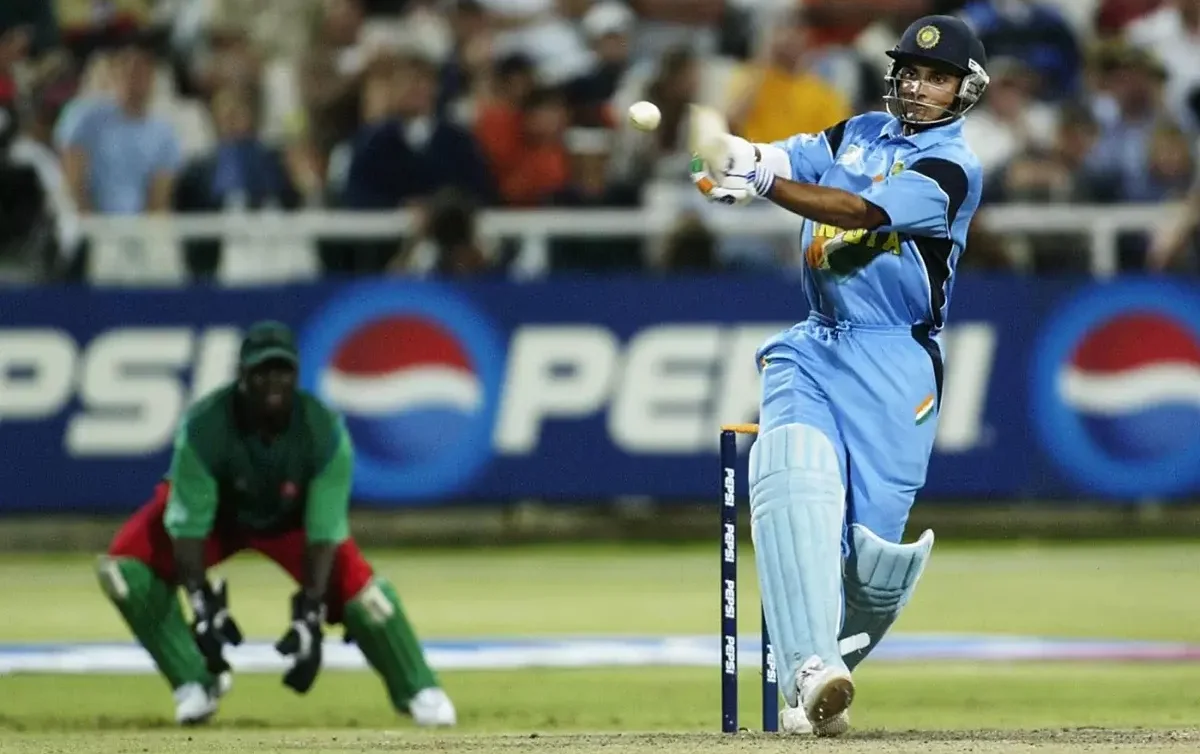In the world of cricket, a no-ball is a common occurrence that can often ignite controversy or excitement on the field.
This cricket wiki aims to provide a comprehensive explanation of what constitutes a no-ball and its impact on the game.
What is No-ball in Cricket?
In cricket, a ‘no-ball’ is an illegal delivery by the bowler. In simple terms, a no-ball refers to an irregular delivery bowled by a cricketer.
It can occur due to various reasons, but the most common cause is when a bowler oversteps the designated crease line, known as the popping crease, while delivering the ball.
In such instances, the umpire immediately signals a no-ball and the batting team gets an additional run, often referred to as an extra, added to their score.
Moreover, the batsman cannot be dismissed via any method on a no-ball, ensuring a level playing field for both teams.
The umpire can call a no-ball for several reasons, including:
- Overstepping the Crease: If the bowler’s front foot lands beyond the popping crease (the line behind which the bowler must deliver the ball), it’s a no-ball. Some part of the foot, whether grounded or raised, must be behind the line at the point of delivery.
- Throwing: If the bowler’s arm is not straight when they deliver the ball, it can be considered a throw, which is illegal, and the delivery is a no-ball.
- Height: If a delivery bounces over the batsman’s waist without them hitting it, or if a full toss (a ball that doesn’t bounce) passes the batsman above waist height, it’s a no-ball.
- Fielding Restrictions: There are also fielding restrictions that can result in a no-ball, such as having more than two fielders (excluding the wicket-keeper) behind square on the leg side.
When a no-ball is bowled, the batting team is awarded one extra run, and the next delivery is a ‘free hit’, meaning the batsman cannot be dismissed from the next ball except by a run-out, hitting the ball twice, or obstructing the field. The umpire signals a no-ball by extending their arm out horizontally.
It’s important for bowlers to avoid bowling no-balls, not only because they give away runs and a free hit, but also because any wickets taken from a no-ball are not counted.
Differentiating No-ball Further
There are several variations of no-balls beyond simply overstepping the crease. These include instances where the ball bounces more than twice before reaching the popping crease, or if it is deemed dangerous due to its height, speed, or line of travel.
Additionally, a fielding team can also be penalized for having too few players within the 30-yard fielding circle during powerplays, resulting in a no-ball being awarded.
Real-World Analogy
A helpful analogy to grasp the concept of a no-ball in cricket can be drawn from the discipline of racing. Comparing cricket to a relay race, a no-ball can be equated to a runner crossing the lane boundaries before passing the baton, thus warranting a disqualification or penalty.
Similarly, a bowler crossing the crease line before releasing the ball signifies a rule violation, leading to the penalty of a no-ball.
Impact on the Game
No-balls are not only a source of frustration for bowlers and their teams but can also have far-reaching consequences in a cricket match. Firstly, given that the batting team receives an extra run, this can significantly impact the final score, especially in tightly contested matches.
Moreover, if the ball crosses the boundary after a no-ball, the batting team receives five runs in addition to the extra run, further tilting the scale in their favor.
Additionally, a no-ball can provide a breath of relief to a batting team on the brink of defeat. If a batsman gets out on a no-ball, they earn what is referred to as a “life” and continue their innings despite being dismissed, offering an opportunity to build on their score and influence the result of the match.
In conclusion, a no-ball in cricket is an irregular delivery that results in a penalty against the bowling team and an advantage for the batting team.
Whether due to overstepping the crease, dangerous deliveries, or fielding faults, no-balls play a key role in shaping the outcome of a game.
Understanding the ramifications of these violations helps both players and fans appreciate the intricate dynamics of this beloved sport.











